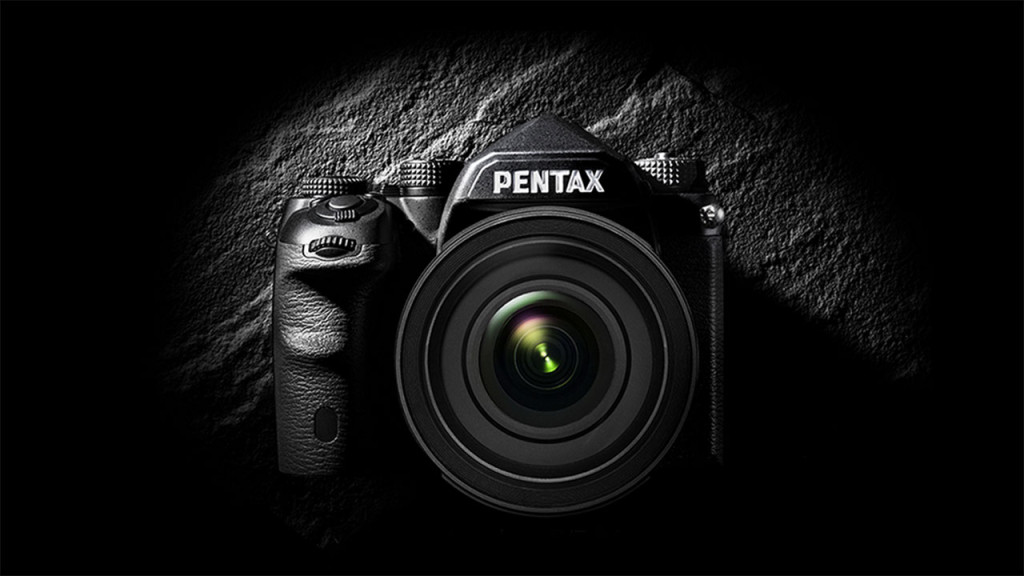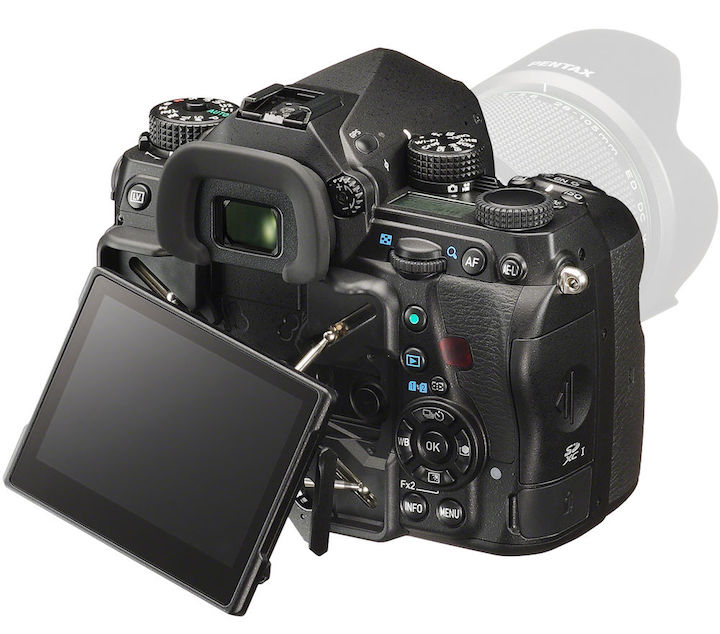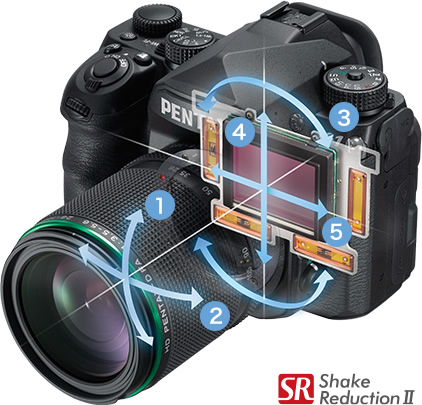
The rise of mirrorless cameras has produced some exciting new technology over the past few years. For this reason, DSLR brands have received a lot of flak for not innovating to the same degree.
All this has changed, however, with today’s announcement of the new Pentax K-1. The company has just proved that the most interesting features seen on mirrorless interchangeable lens cameras can indeed be integrated into DSLRs, and can even be made to perform more efficiently than their mirrorless counterparts (at least, on paper).
Let’s look at some basic specifications first. The new Pentax K-1 is the first digital 35mm format SLR to be released by the brand, which is now owned by Ricoh. It features a 36MP sensor with no AA filter and a maximum ISO sensitivity of 204,800. Not only is the camera completely weather-sealed and freeze proof down to -10° but it also has an innovative Cross-Tilt LCD screen and dual SD card slot. Pentax even included some LED lights on the body to facilitate operation in low light. The autofocus system features 33 points (25 being cross-type) and the continuous shooting capabilities go up to 4.4fps (6.5fps in APS-C mode). But these specifications aren’t what make the camera special …

The Pentax K-1 is the first DSLR to feature 5-axis sensor shift stabilisation. What is also interesting is that Pentax didn’t limit this technology to image stabilisation alone. In addition to 5 stops of compensation for image stabilisation, we also have the Pixel Shift Resolution mode. The camera takes 4 shots while the sensor moves the distance of one pixel between each shot to increase colour accuracy and resolution.
These two functions make the Pentax K-1 the first competitor of the Olympus OM-D E-M5 II and Pen F as far as sensor shift technology is concerned. But Pentax didn’t stop there.

As part of the Pixel Shift Resolution mode, they also introduced a Motion Correction function. When activated, the K-1 can automatically detect the amount of subject motion and minimise unwanted effects when merging the shots. Of course we have yet to see how effective this function can be (Pentax itself states that it might not be sufficient for certain movements). However it is interesting to see it on a Pentax camera first rather than on an Olympus body. Actually there were rumors in the past about Olympus working to make the High Res Shot effective when shooting hand-held. Who knows if they will eventually release such a function as well.
Then there is the Auto Horizon Correction function: the sensor rotates when you hold the camera off-level to compensate for the camera’s horizontal tilt. The maximum compensation angle is ±2°. A similar function called Composition Adjustment can be used on a tripod to make fine adjustments to your composition using the Live View on the LCD screen.
But the most interesting new feature is called Astrotracer System. It uses the sensor’s movement to cancel out the effect of the Earth’s rotation when taking images of stars. The camera calculates this using the built-in GPS and electronic compass. Based on the latitude data obtained from the GPS and the sensor’s direction and horizontal/vertical tilt, the K-1 can calculate the movement of celestial bodies and synchronise it with the movement of its image sensor. As a result the camera can shoot stars without the trailing effect caused by long exposures.
Finally there is an anti-aliasing filter simulation that makes the sensor vibrate during the exposure to blur high frequency detail across multiple pixels. This avoids moiré if you are shooting complicated textures such as fabrics for example.
Of course we have yet to see how effective these new sensor shift functions will be in the field. But for now we can only applaud Pentax not only for being the first brand to integrate 5-axis stabilisation on a DSLR but also for making it even better than the systems found inside Olympus and Sony cameras (on paper). The Pentax K-1 will be available in April at the price of $1799.
